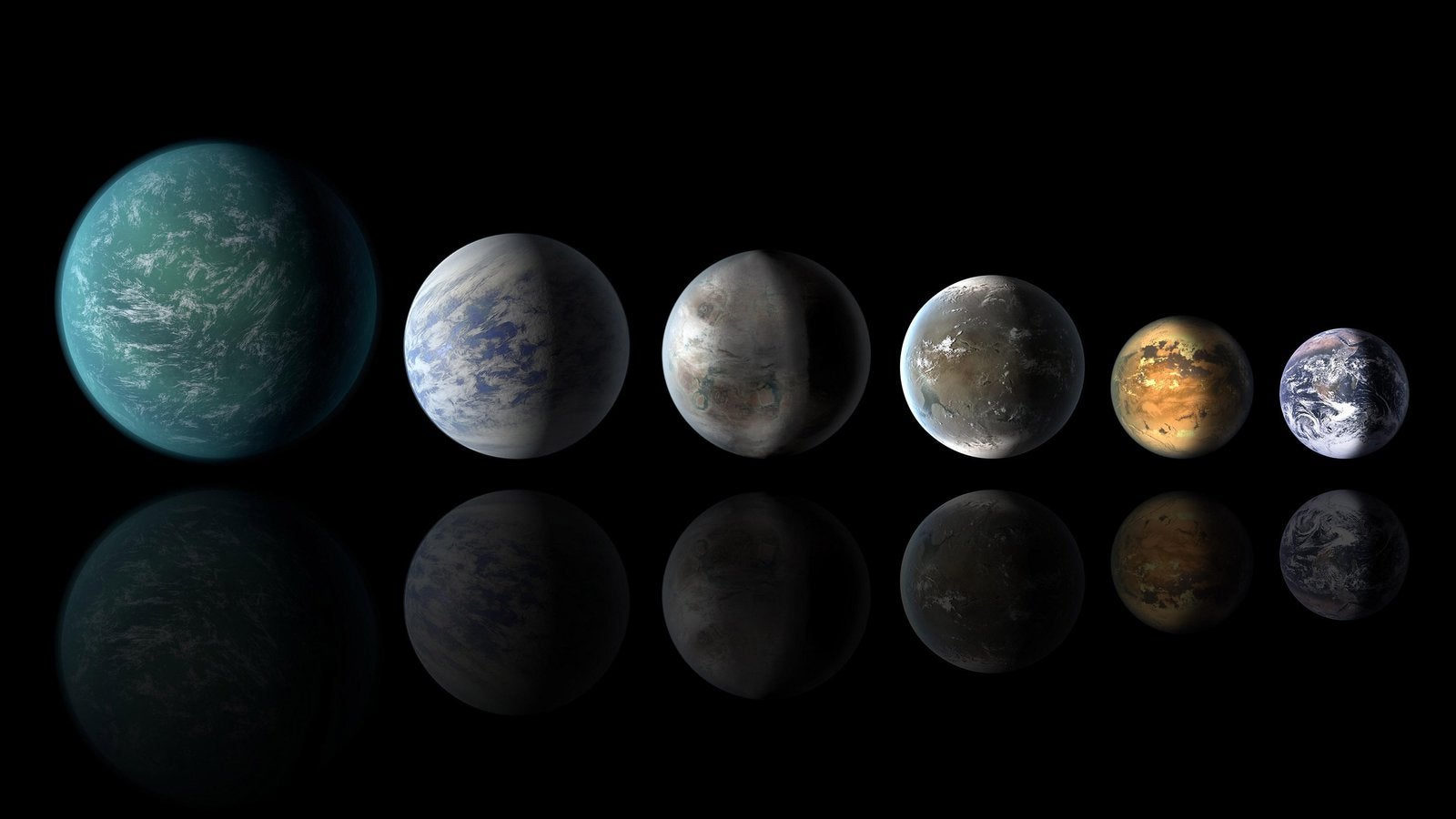This is a fundamental question of the human experience. We have all asked it of ourselves and of others at one point or another. AreAstrobiology is an interdisciplinary field drawing on expertise from astronomy, biology, physics, chemistry and geology seeking to determine if the combination of characteristics necessary for life exists in the universe outside of the Earth.
If you watch the news with any regularity, you have probably heard about astrobiology during reports hyping the discovery of Earth-like planets, or “Earth Twins,” in other solar systems or reports on the presence of life-sustaining elements on planets and moons within our own piece of universal real estate.
While these discoveries are nothing new, the regularity of them has increased since the launching of the Keplar Space Telescope in 2009, and interest in the field rose to a fever pitch with the successful landing of the Mars Curiosity rover. Now more than ever we are finding evidence of the elements and circumstances necessary for life outside of our home planet.
This fall, the Glasscock School is offering “Astrobiology and the Quest for Life in the Universe.” In this six-week course, Dr. Christopher Johns-Krull, a professor in the Department of Physics and Astronomy at Rice University, will walk participants through the aspects of astrobiology and explore some of the most exciting discoveries to date, including locations scientists think are most promising in the hunt for extraterrestrial life and the tools that will be used for this search.
Join us this fall to be a part of the discovery. The truth is out there.
Visit glasscock.rice.edu/science-technology-health to learn more.
Image above: A newly discovered exoplanet, Kepler-452b, comes the closest of any found so far to matching our Earth-sun system. This artist’s conception of a planetary lineup shows habitable-zone planets with similarities to Earth: from left, Kepler-22b, Kepler-69c, the just announced Kepler-452b, Kepler-62f and Kepler-186f. Last in line is Earth itself." Credits: NASA/Ames/JPL-Caltech See nasa.gov for more information.

